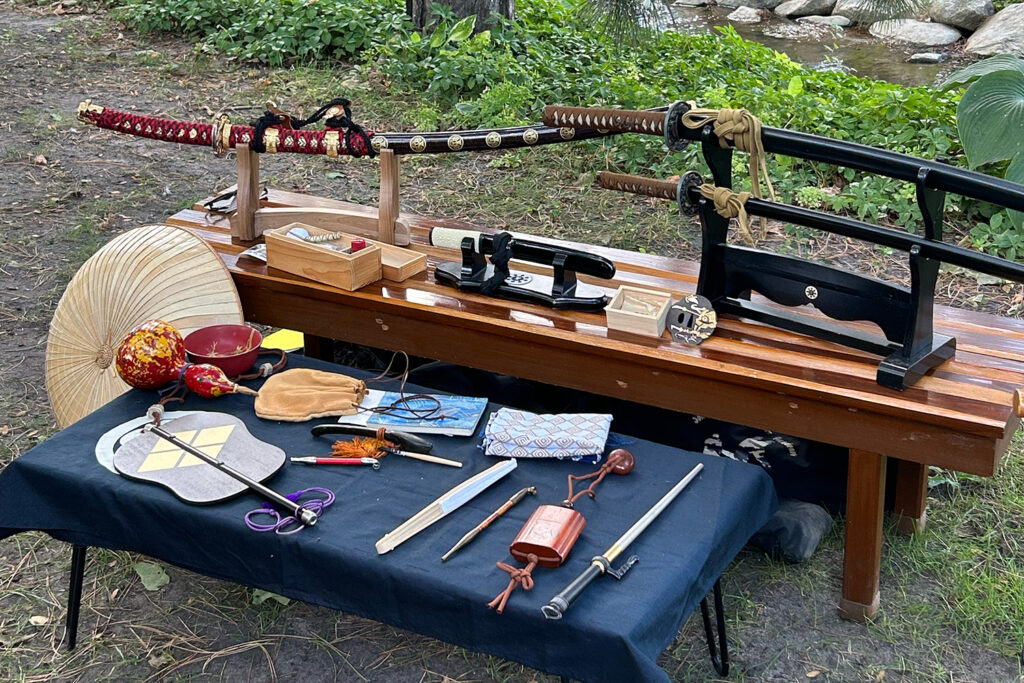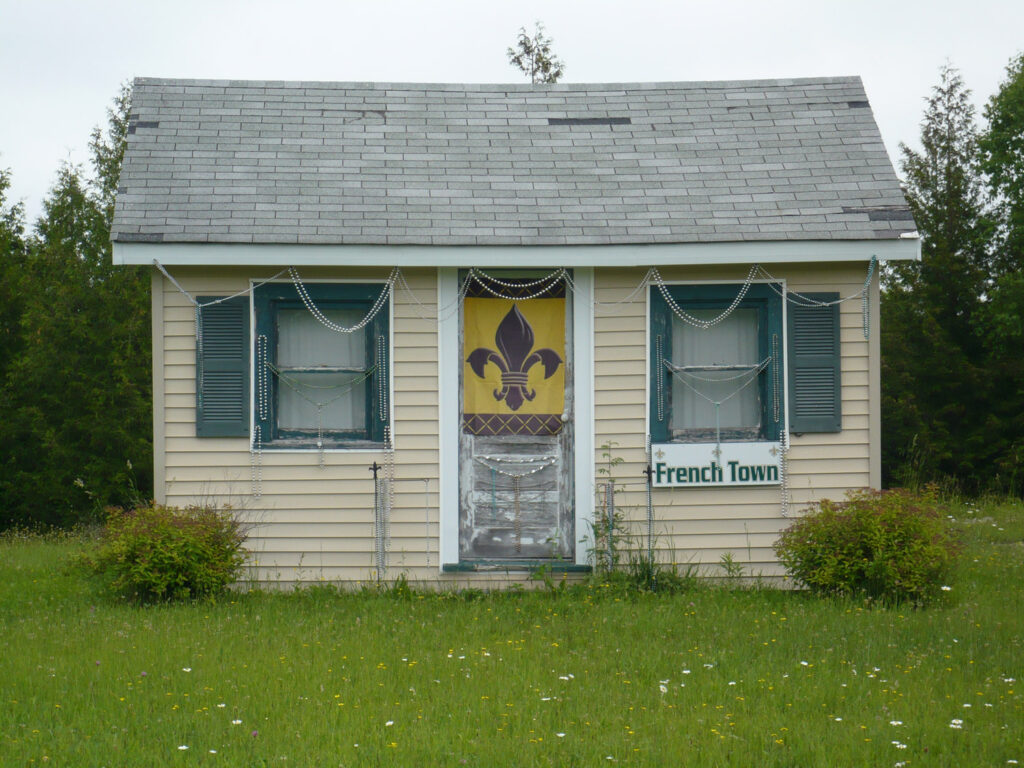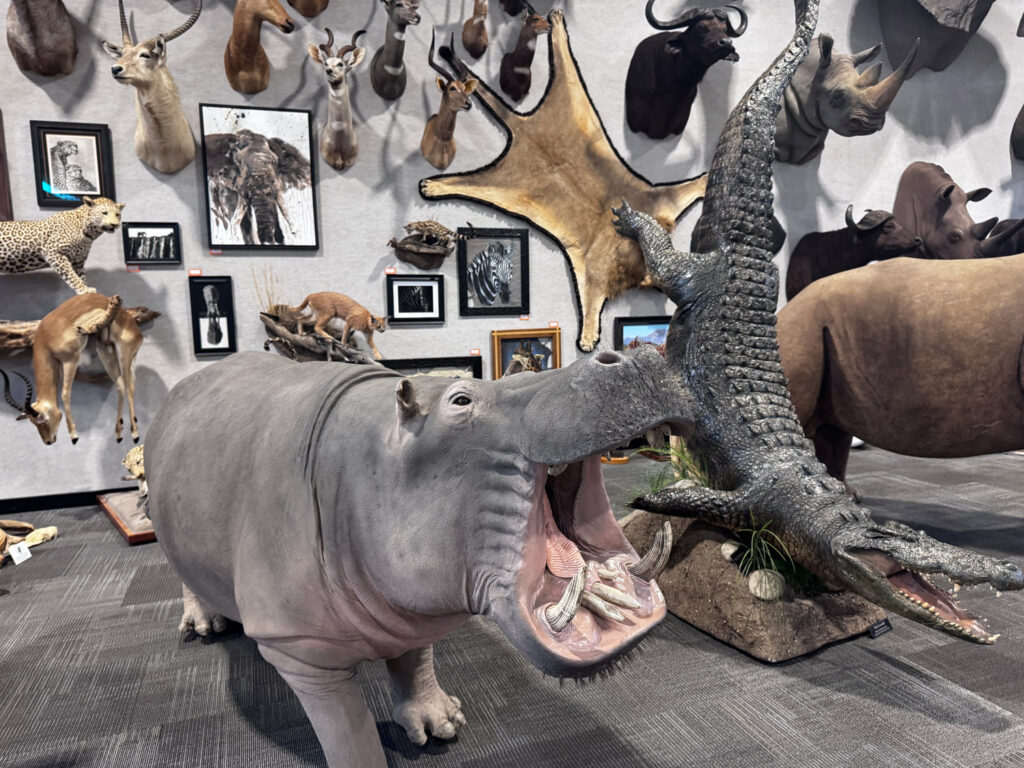Saginaw — Tucked along the banks of Lake Linton in Saginaw, the Japanese Cultural Center and Tea House feels worlds away from Michigan.
The gardens were further transformed for the annual Japan Festival earlier this month. It’s an unforgettable cultural experience, the culmination of an unlikely partnership between two cities almost a world apart.
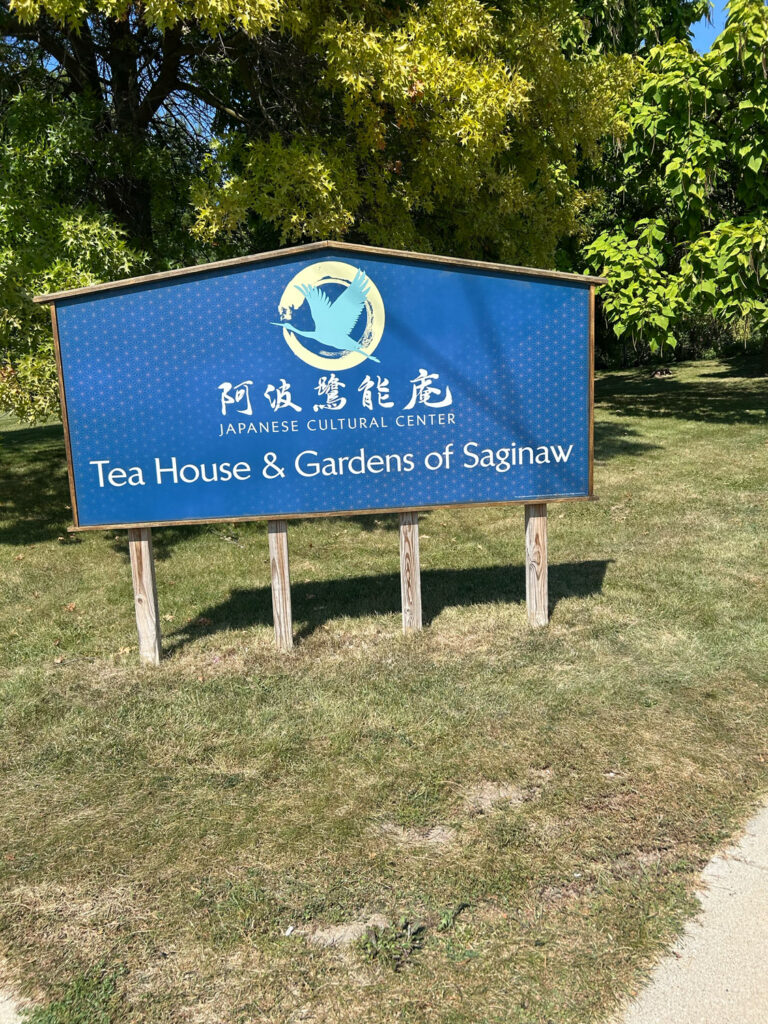
The deep, resonant beats of taiko drums rolled across Lake Linton, drawing crowds to the performance lawn. Nearby, martial artists demonstrated kata with precision, their movements sharp against the serene backdrop.
Traditional koto melodies and community singing layered on top of the festival’s soundscape, weaving music and history into the air.
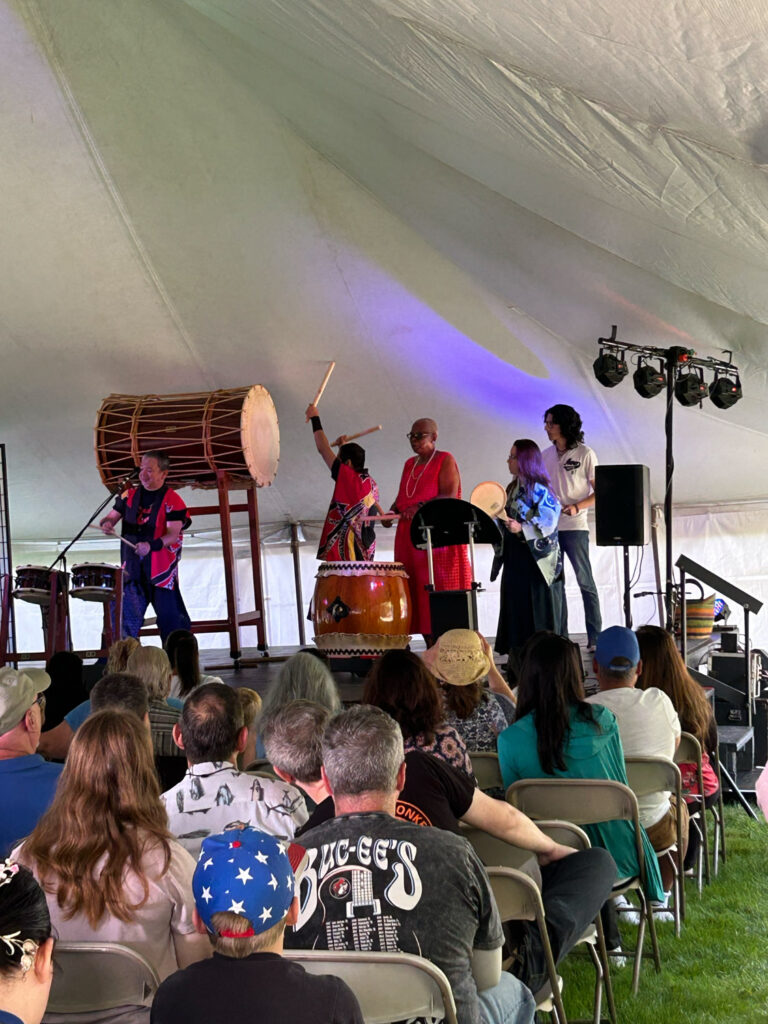
Children folded origami cranes at circular tables, while others practiced calligraphy, brushstrokes spreading like vines across rice paper. A samurai weapons display drew me in. The collection of blades and armor was educational and mesmerizing.
Food stalls added another dimension to the day. My girlfriend and I shared California rolls, sipped apple Milkis, and tried a mysterious fig-stuffed matcha pancake—likely a variation on dorayaki, the classic two-layered Japanese sweet with filling.
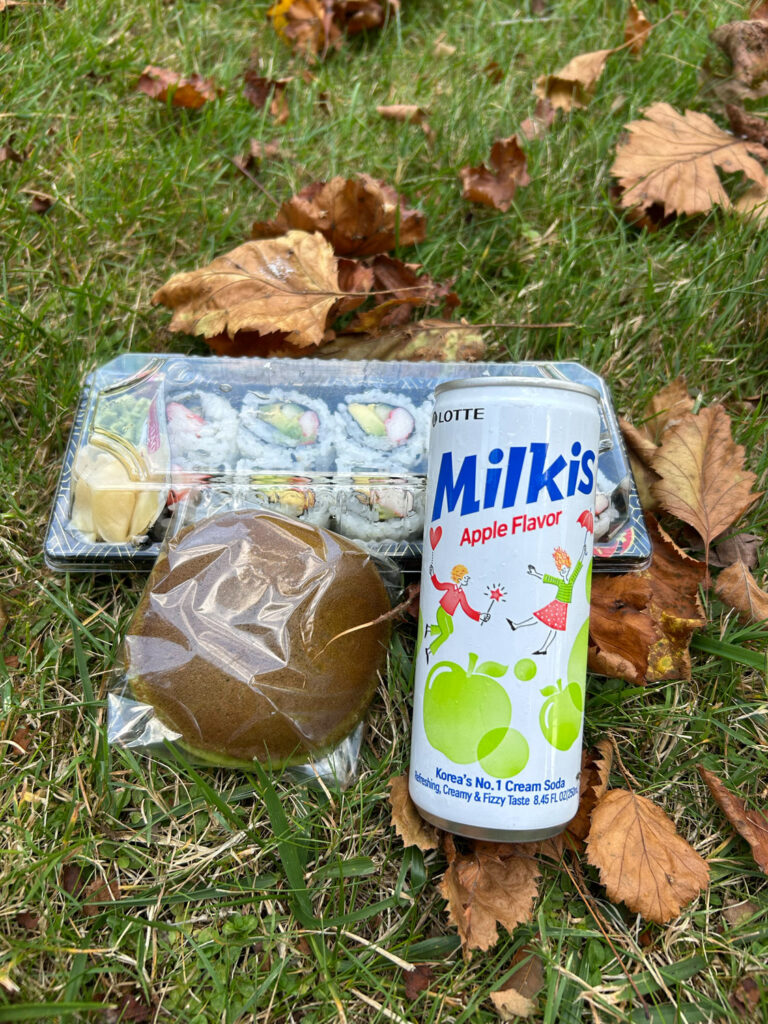
It was a simple moment, but one that felt perfectly in rhythm with the spirit of the day.
The turnout was massive. Parking was so limited that we ended up walking nearly a mile to reach the entrance, yet the crowds only added to the occasion. I was struck by the diversity—families, groups of friends, and a noticeable number of Asian attendees.
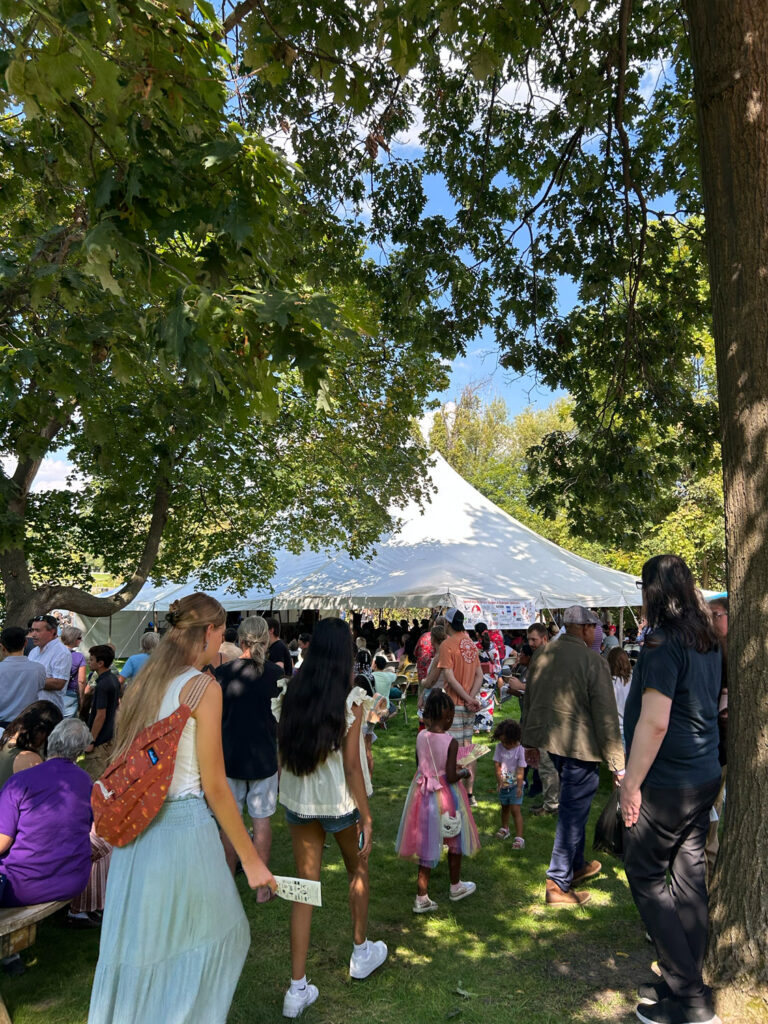
The Japanese Cultural Center, Tea House, and Gardens of Saginaw are rooted in an unlikely, decades‑long friendship between Saginaw and Tokushima, Japan.
That bond officially formed in 1961, when Hiroyuki Takagi, a young exchange student from Tokushima studying at Michigan State, proposed a sister‑city relationship.
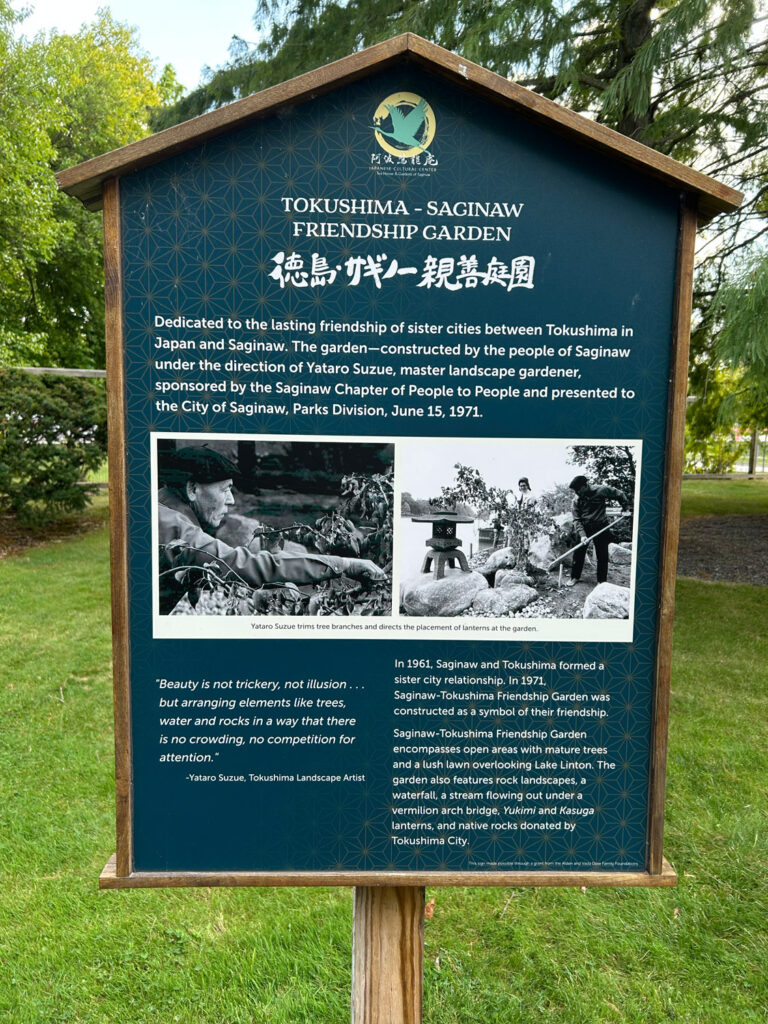
Within two years, the Saginaw City Council dedicated a parcel of land for what would become the Saginaw-Tokushima Friendship Garden. Over the next five years, locals raised funds and laid plans.
The gardens themselves opened in 1971, designed by landscape architect Yataro Suzue and Lori Barber. Suzue, a native of Tokushima with decades of experience, oversaw the placement of every rock (some weighing as much as four tons), ensured the import of materials from Japan—such as the rare “Tokushima Blue Rocks” from the Anabuki River—and guided the layout in a way that reflects both Japanese garden principles and respect for the natural Michigan terrain.
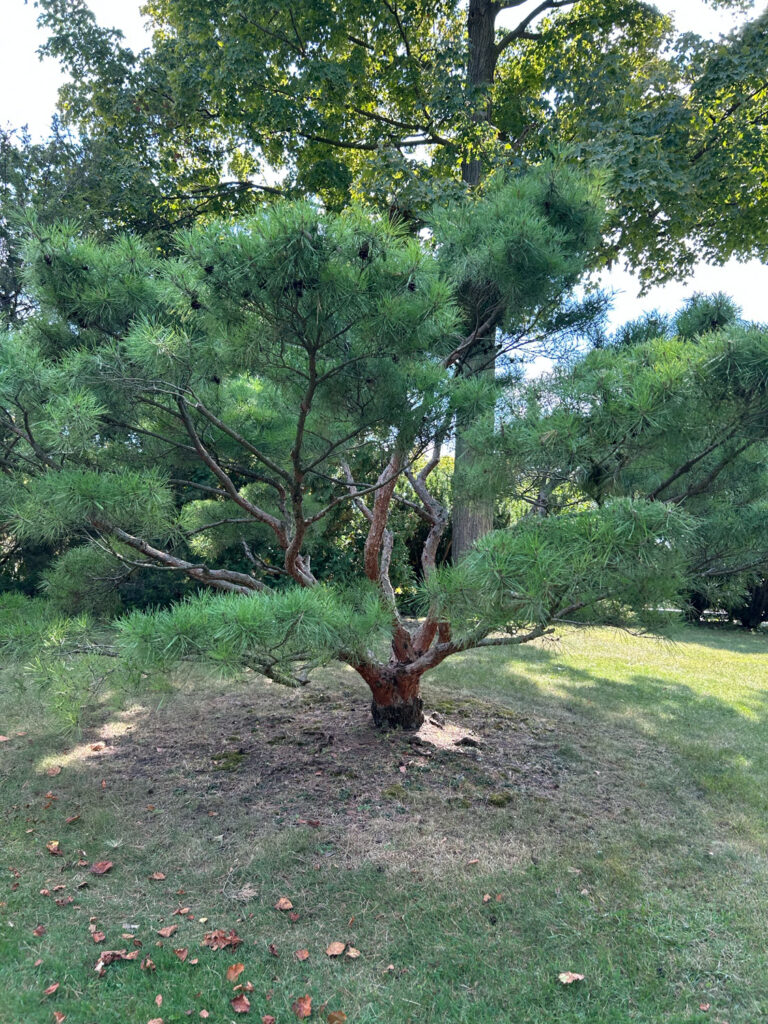
According to the Center’s website, Suzue stated that “beauty is not trickery, not illusion… but arranging elements like trees, water, and rocks in a way that there is no crowding, no competition for attention.”
Over the years, the Center has remained true to its founding mission of promoting intercultural understanding and peace through Japanese arts, architecture, and especially the tea ceremony.
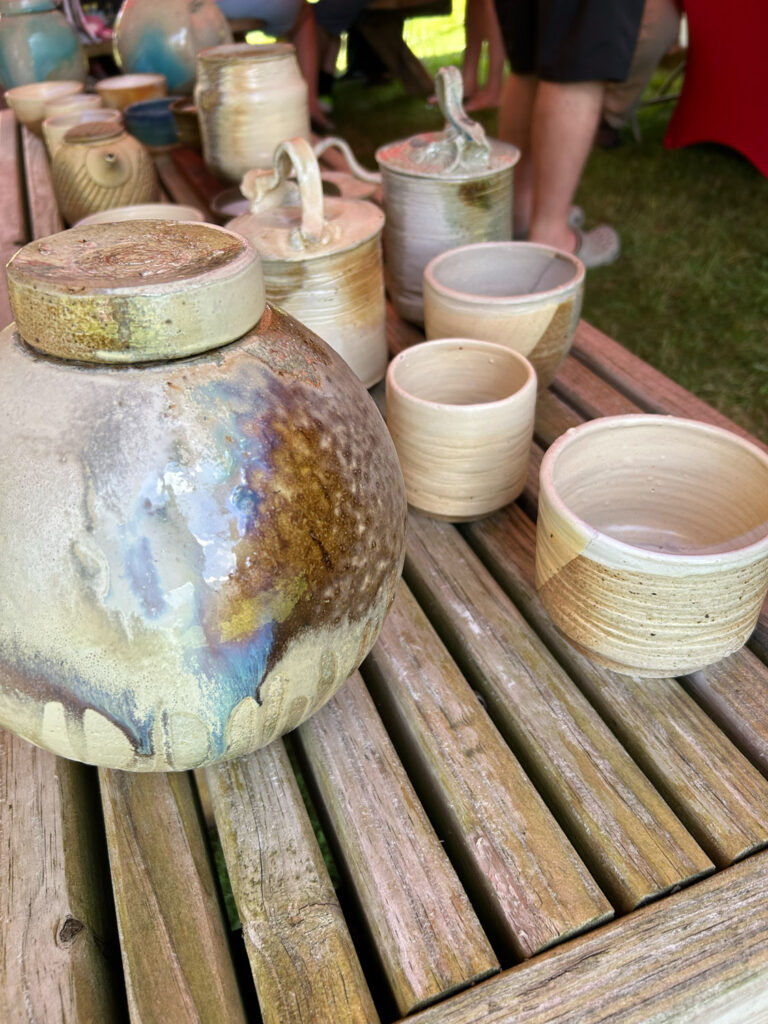
Its features—the strolling garden, stone lanterns, water features, rare imported rocks, and the tea house—are not just aesthetic; they are meant to evoke a sense of calm, respect, and connection.
The Tea House (Awa‑Saginaw An) was built in the mid‑1980s as a tangible symbol of cultural exchange. It was designed by Kyoto architect Tsutomu Takenaka of Sen Art Studio and constructed by master carpenters. Its frame was crafted in Japan using traditional methods then shipped, reassembled in Michigan, and finished with materials like Kitayama cypress, plaster from Shikoku, tatami flooring, and shoji paper screens, according to the Cultural Center’s website.

It is not ornate or imposing, but rather a study in simplicity: natural wood, paper screens, and wide openings that blur the line between indoors and outdoors. The structure invites stillness, asking visitors to slow their pace as they cross its threshold.
Two formal tea ceremonies were offered during the festival, but both sold out quickly. Even without participating, it was clear these ceremonies remain one of the most treasured aspects of the Center, offering visitors a rare opportunity to witness centuries-old practices of mindfulness and hospitality.
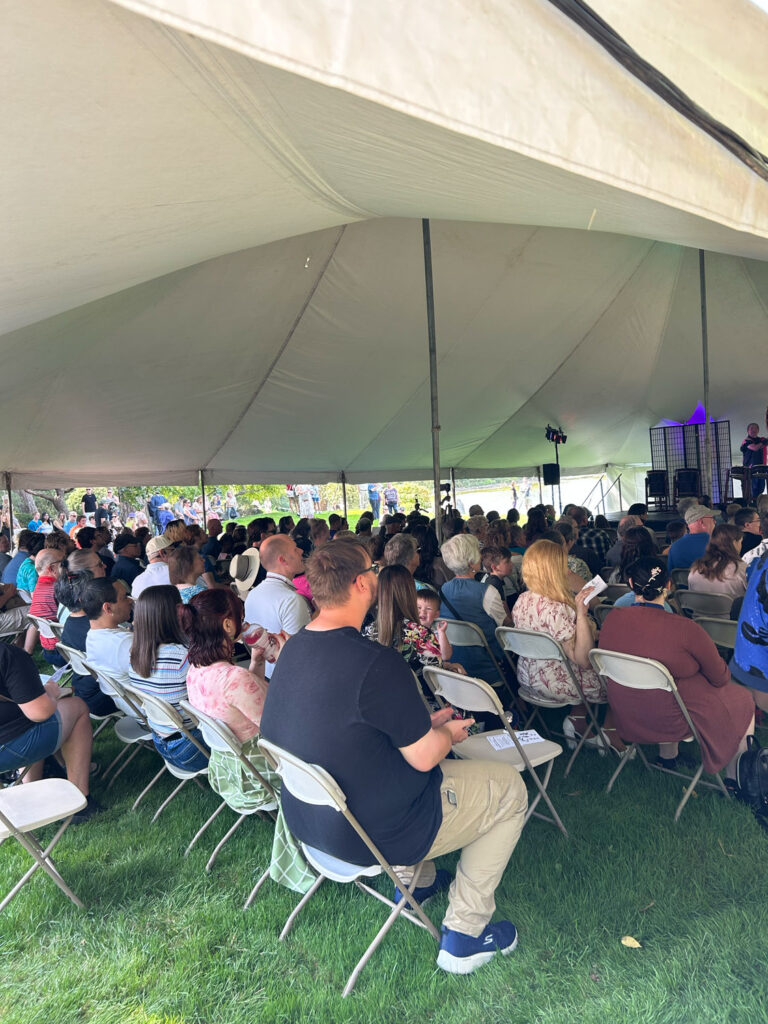
Around 0.5% of Saginaw’s population is Asian, and about 1.3% in the wider county—but the presence of many Asian and Japanese visitors at Japan Festival was especially meaningful.
Together, we filled the gardens with energy and appreciation, each of us connecting to traditions from across the globe.
Beyond its beauty, the Japanese Cultural Center serves as a vital cultural hub in mid-Michigan. Throughout the year, it hosts lectures, workshops, and demonstrations that extend beyond the gardens—ikebana flower arranging, bonsai, calligraphy, seasonal festivals, and more.
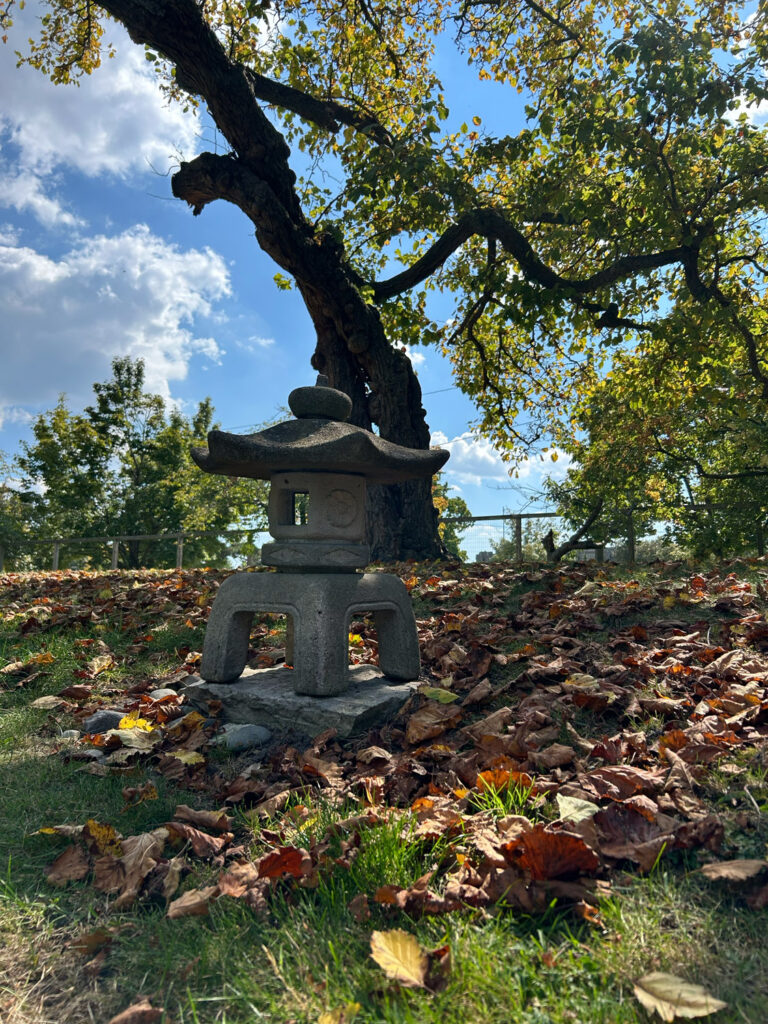
Its role is both intimate and expansive: a place where local residents can connect to traditions rooted halfway across the globe and where international friendship becomes tangible.
The bond between Saginaw and Tokushima continues to shape the Center’s mission, reminding us that cultural bridges are built not just through treaties or trade but through shared spaces and moments of understanding.
The Japanese Cultural Center and Gardens can hold both serenity and celebration. It is where Michigan meets Japan, where contemplation and community coexist, and where every visit lingers long after the gates have closed.
Landen Taylor is a musician and explorer living in Bay City. Follow him on Instagram @landoisliving.
